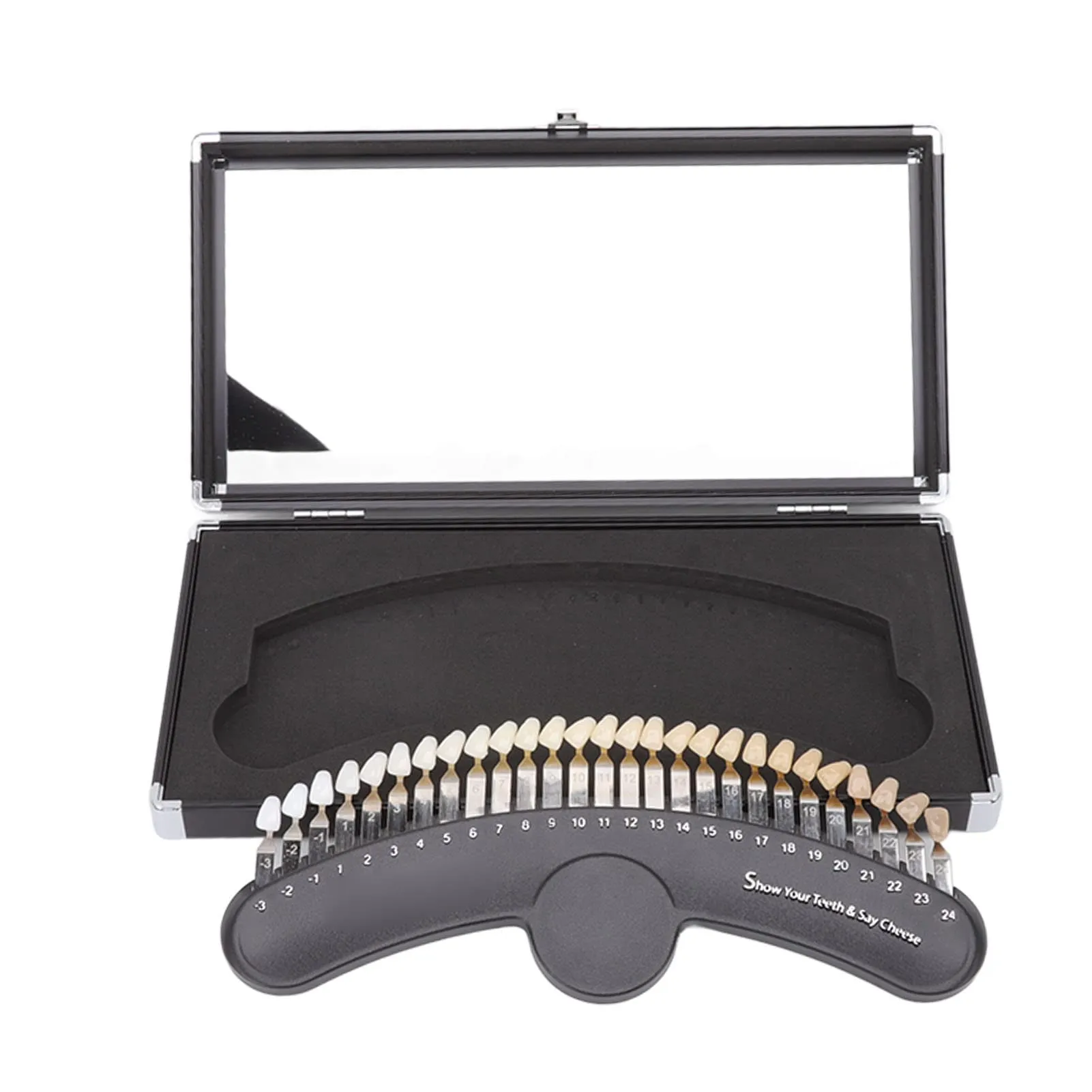Teeth Whitening Chart How to Understand the Basics
Embarking on a teeth whitening journey can be exciting, but it’s essential to start with a solid understanding of the basics. This guide serves as your teeth whitening chart, helping you navigate the various options available and make informed decisions. Teeth whitening, at its core, is a cosmetic procedure designed to lighten the color of your teeth, reducing stains and discoloration. This can be achieved through various methods, each with its own set of pros and cons. Before diving into specific treatments, it’s helpful to know what causes teeth discoloration. Factors such as aging, genetics, diet (coffee, tea, red wine), smoking, and certain medications can all contribute to stained teeth. Understanding these factors is the first step in creating a teeth whitening strategy.
Types of Teeth Whitening
The world of teeth whitening offers a spectrum of choices, each catering to different needs and preferences. Broadly, these options can be categorized into professional and over-the-counter treatments. Each type of teeth whitening has its unique approach, ingredients, and level of effectiveness. This guide offers a comparison of the different types of teeth whitening to find the perfect solution.
Professional Teeth Whitening
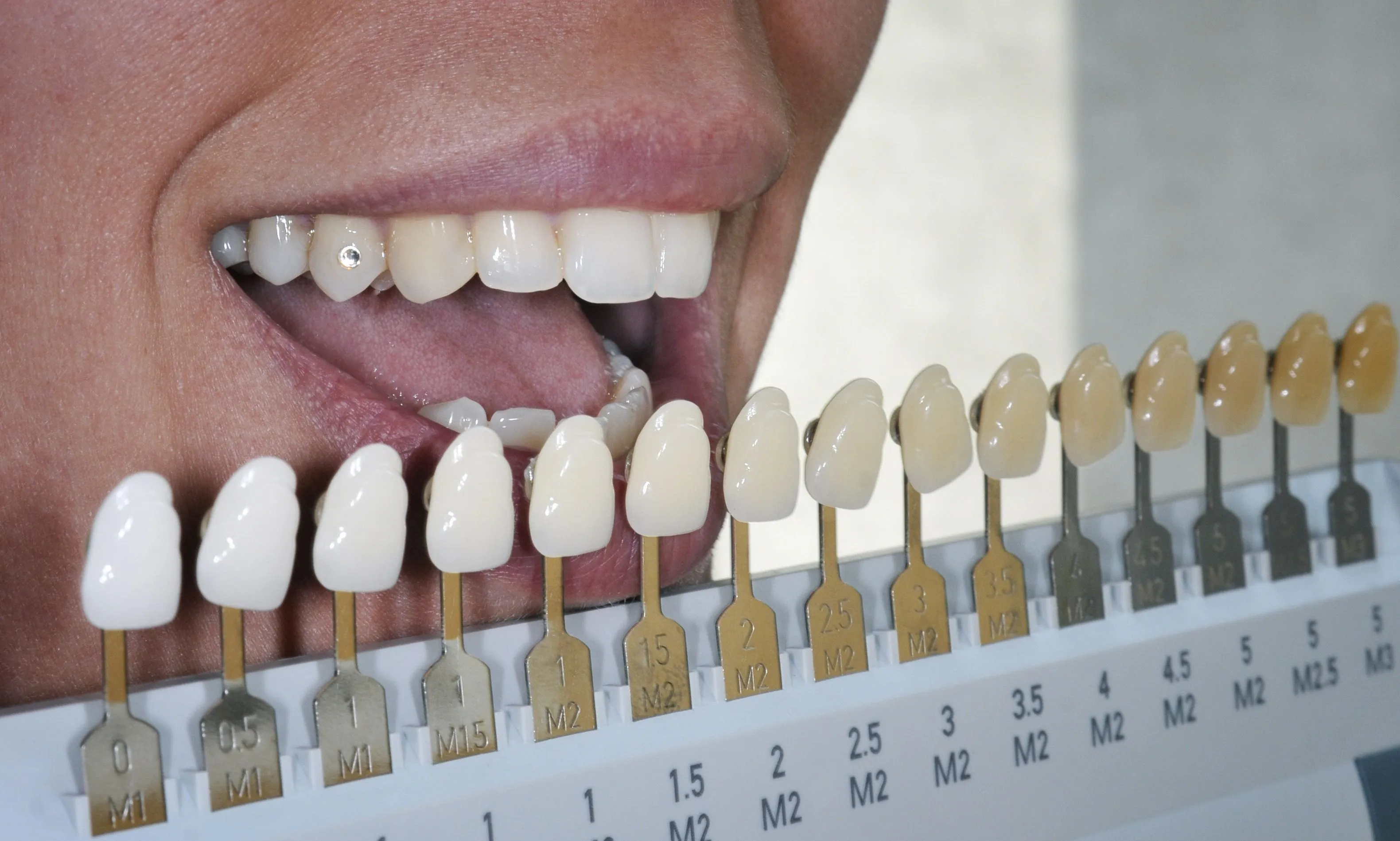
Professional teeth whitening, administered by a dentist, typically offers the most dramatic and quickest results. This category includes in-office whitening and custom tray systems. These treatments use higher concentrations of bleaching agents than over-the-counter products, allowing for more significant whitening in a shorter amount of time. Professional whitening is ideal for individuals seeking rapid and noticeable improvements. Dentists can also assess the health of your teeth and gums before treatment, ensuring that whitening is safe and appropriate for you.
In-Office Whitening
In-office whitening is a procedure performed directly in your dentist’s office. The dentist will apply a high-concentration bleaching agent to your teeth and use a special light or laser to enhance the whitening process. This method can lighten your teeth several shades in a single session, making it a popular choice for those seeking immediate results. Before the procedure, your dentist will typically clean your teeth and protect your gums to minimize sensitivity. In-office whitening is a convenient option, as it requires only a single appointment, and the results can last for several months to a few years, depending on your habits and maintenance.
Custom Trays
Custom trays offer a more personalized approach to professional teeth whitening. Your dentist will create custom-fitted trays based on impressions of your teeth. You’ll be provided with a bleaching gel to use at home, wearing the trays for a specified amount of time each day or night. Custom trays provide a balance of professional results and at-home convenience. They offer a more gradual whitening process, allowing you to control the intensity and duration of treatment. Custom trays are often a more cost-effective option compared to in-office whitening, while still providing superior results compared to over-the-counter products.
Over-the-Counter Teeth Whitening

Over-the-counter (OTC) teeth whitening products are readily available at drugstores and supermarkets. These options are generally more affordable and accessible but may provide less dramatic results than professional treatments. Common OTC products include whitening toothpastes, strips, and trays. Understanding the different types and how they work is key to finding the right product for your needs.
Whitening Toothpastes
Whitening toothpastes are a popular and accessible option for teeth whitening. They typically contain mild abrasives or chemical agents that help remove surface stains. While they can improve the brightness of your teeth, they generally won’t change the underlying color. The main benefit of whitening toothpastes is their convenience and affordability. They can be used as part of your regular oral hygiene routine. It is important to note that the results are often subtle, and they may not be suitable for all types of stains. For more significant discoloration, other whitening methods may be necessary.
Whitening Strips
Whitening strips are thin, flexible strips coated with a peroxide-based bleaching agent. They are applied directly to the teeth and are designed to stay in place for a set amount of time. Whitening strips can provide more noticeable results than whitening toothpastes. They are also relatively easy to use. Consistent use of whitening strips can lead to a brighter smile, but the effectiveness can vary depending on the type of stain and the concentration of the bleaching agent. It’s essential to follow the instructions carefully to avoid gum irritation or other side effects. Results typically appear over several weeks.
Teeth Whitening Chart How to Find the Right Option
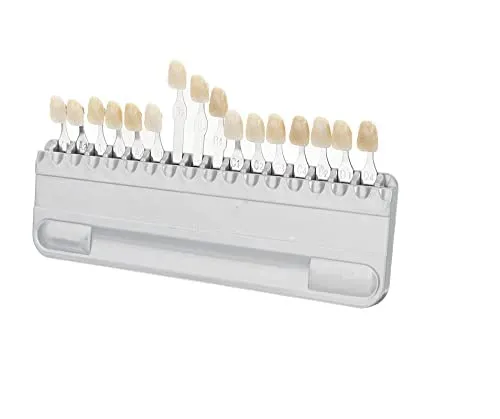
Choosing the right teeth whitening method depends on your individual needs and preferences. Consider factors such as the severity of your stains, your budget, and your desired results. Consulting with a dentist is always recommended, especially if you have existing dental work, sensitive teeth, or other oral health concerns. A dentist can assess your teeth and gums and recommend the most suitable whitening treatment. Also, consider the time commitment. In-office treatments offer immediate results but require a single appointment, while at-home methods may require more time. Think about how much effort you are willing to put in to maintain your bright smile.
Cost Considerations
The cost of teeth whitening varies significantly depending on the type of treatment. Over-the-counter products are generally the most affordable option, with whitening toothpastes and strips costing from $5 to $50. Professional treatments are more expensive. In-office whitening can range from $500 to $1,000, while custom tray systems usually cost between $300 and $600. Consider the long-term value of your investment. Professional treatments may offer longer-lasting results. Also, factor in potential maintenance costs, such as touch-up treatments. Consider the type of teeth whitening that fits your budget while still providing satisfactory results.
Sensitivity and Side Effects
Teeth whitening can sometimes cause side effects, such as tooth sensitivity and gum irritation. Sensitivity is a common side effect and is usually temporary. Using toothpaste designed for sensitive teeth can help manage sensitivity. Gum irritation can occur if the bleaching agent comes into contact with the gums. This can be avoided by following the product instructions carefully and ensuring that trays fit properly. If you experience any persistent or severe side effects, consult with your dentist. They may recommend a different treatment or strategies to mitigate sensitivity.
Teeth Whitening Chart How to Maintain Your Results
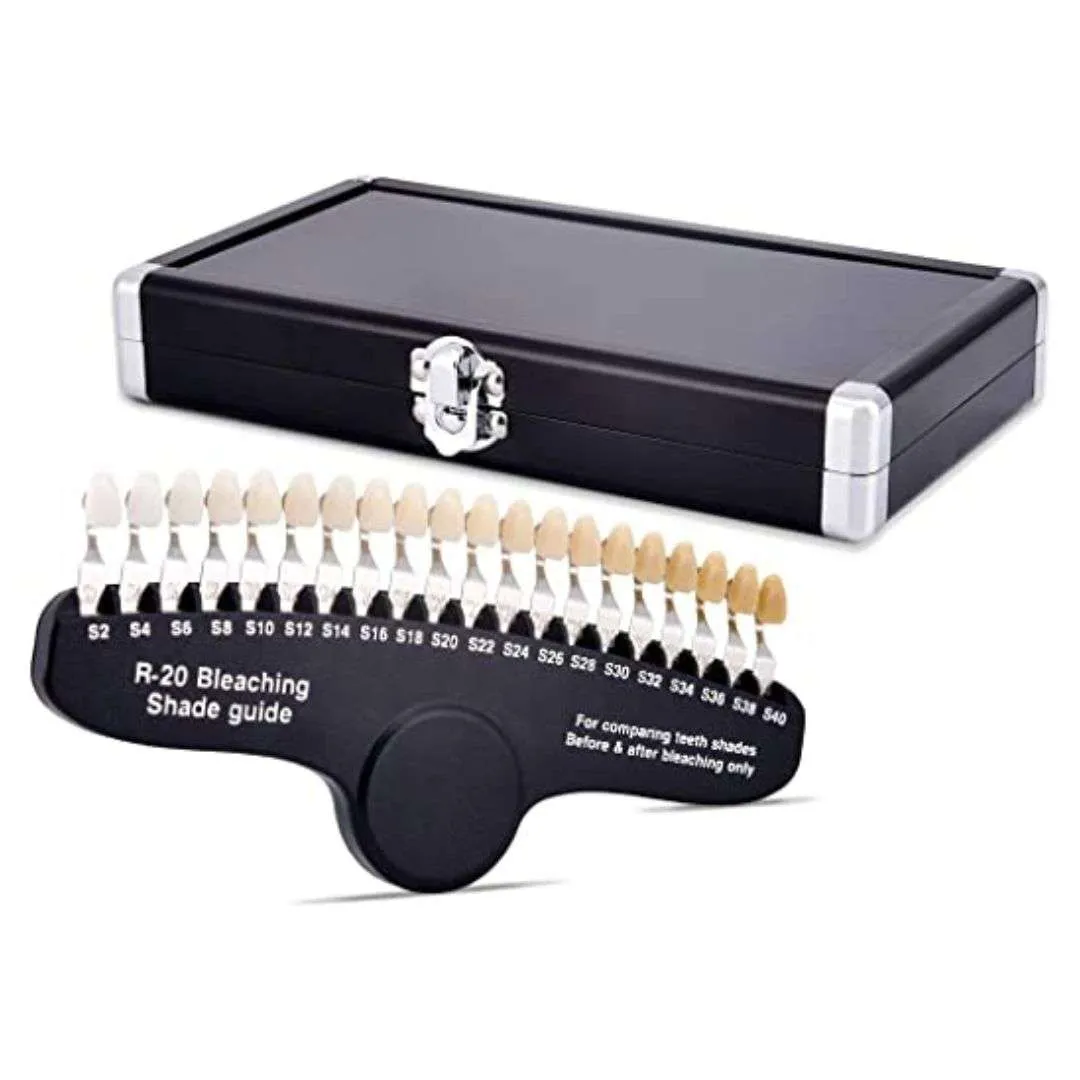
Maintaining your newly whitened smile requires a proactive approach. This involves a combination of good oral hygiene practices, dietary adjustments, and occasional touch-up treatments. The longevity of your results depends on your lifestyle and how well you adhere to these maintenance strategies. Consistency is key to enjoying a bright and healthy smile for the long term. Incorporate these habits into your daily routine.
Dietary Adjustments
Certain foods and drinks can stain your teeth, so limiting your intake can help maintain your whitening results. Coffee, tea, red wine, and dark-colored berries are common culprits. If you consume these items, consider rinsing your mouth with water afterward. Using a straw when drinking these beverages can also minimize contact with your teeth. Be mindful of the impact of your diet on your teeth and make adjustments to prevent staining. Regular consumption of stain-causing foods will eventually darken your teeth.
Oral Hygiene Practices
Maintaining excellent oral hygiene is crucial for keeping your teeth bright and healthy. Brush your teeth at least twice a day with a whitening toothpaste. Floss daily to remove plaque and food particles from between your teeth. Consider using an antimicrobial mouthwash to further reduce bacteria. Regular dental check-ups and cleanings are also essential for maintaining a bright and healthy smile. Your dentist can remove any surface stains and provide professional advice on how to maintain your results.
Follow-up Whitening Treatments
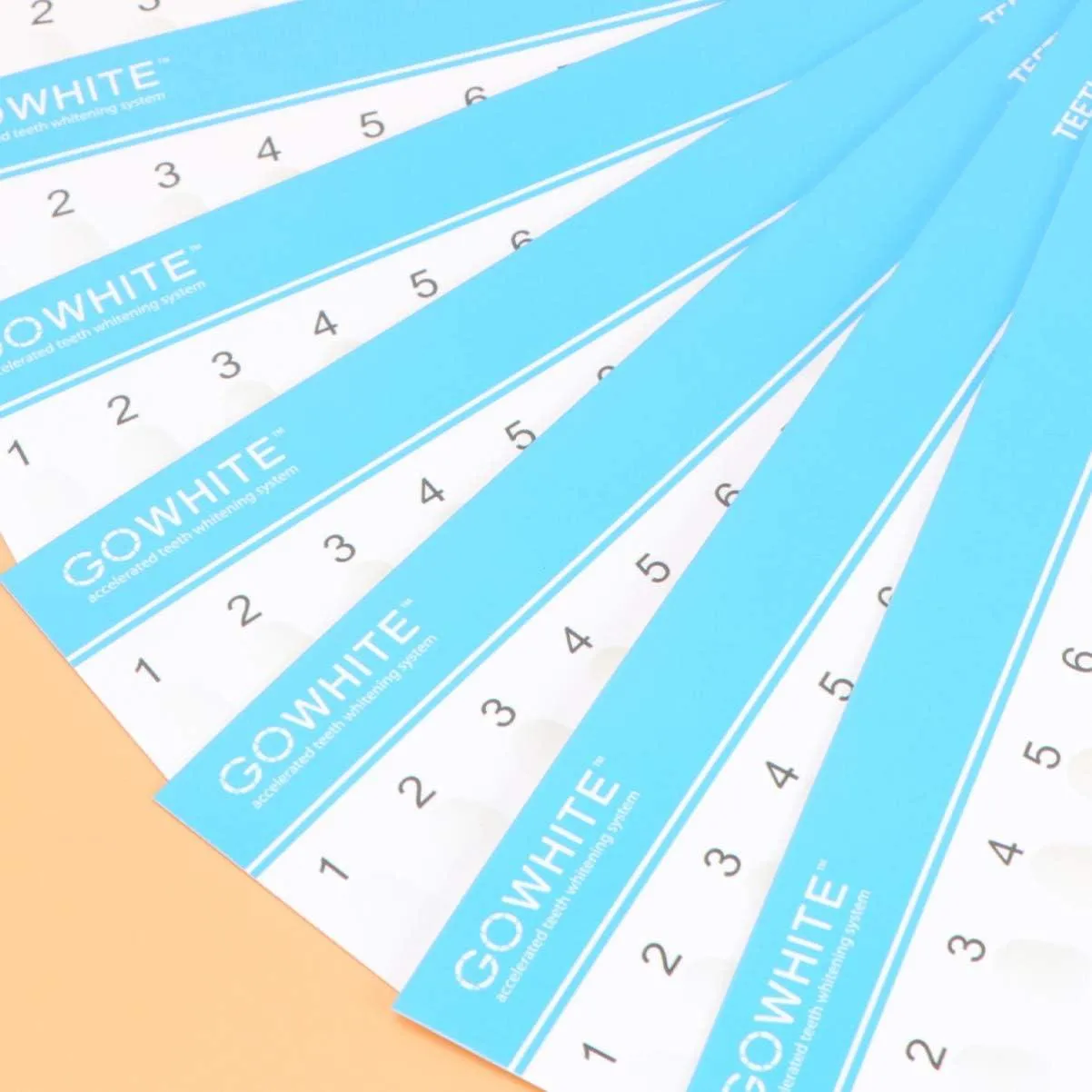
Over time, your teeth may gradually darken. Consider using touch-up treatments to maintain your desired level of brightness. You may use your custom trays or over-the-counter products for occasional touch-ups. Discuss your whitening strategy with your dentist to determine the best approach for your specific needs. They can advise you on the frequency and type of touch-up treatments that are appropriate for you. Following a consistent maintenance plan will help you enjoy your bright smile for years to come.
